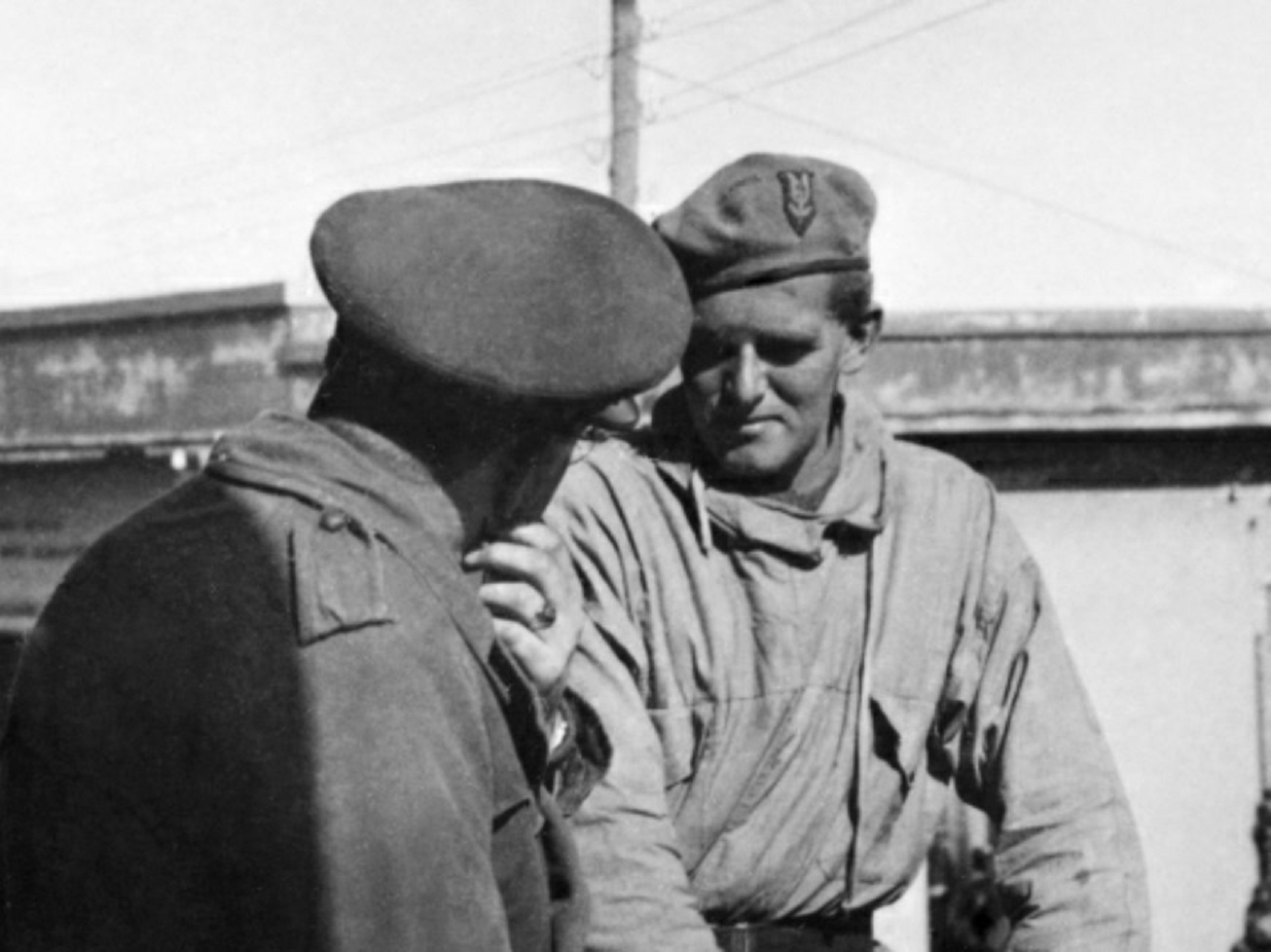Major Anders Lassen (right), discussing the forthcoming Lake Comacchio raid, in which he and his men were tasked to cross impossible terrain, so spearheading the Allied breakthrough in Northern Italy.
Major Anders Frederik Emil Victor Schau Lassen VC, MC & Two Bars was born on September 22, 1920, on the Høvdingsgård estate near Mern, Vordingborg Municipality in Denmark. He was the son of estate owners Emil Victor Schau Lassen and Suzanne Maria Signe Lassen. His paternal grandfather, A. F. J. C. Lassen, made his fortune as the owner of a tobacco plantation on Sumatra.
Despite being born into a wealthy family, Lassen had a rebellious streak. He left school in 1938 with the lowest examination rates of his entire year. Known for his hot temper and love of a stiff drink, he spent the next couple of years moving from one brawl to another.
Military Career
In 1940, while serving in Denmark’s merchant navy, Lassen found himself in the United Kingdom shortly after the start of World War II. He joined the British Commandos, serving with No. 62 Commando, also known as the Small Scale Raiding Force (SSRF) The SSRF was formed in 1941 and consisted of a small group of 55 commando-trained personnel working with the British Special Operations Executive (SOE). While being under operational control of Combined Operations Headquarters, No. 62 Commando itself was under the command Major Gus March-Phillipps.
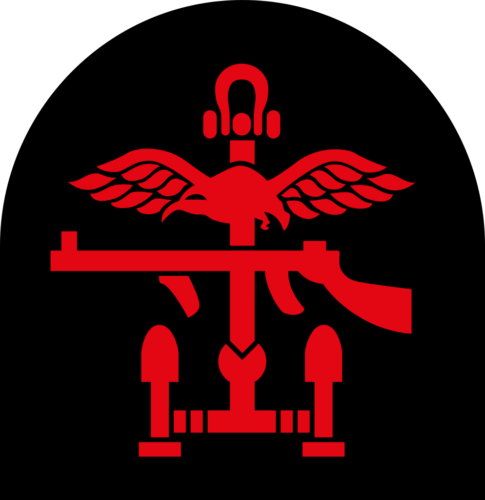
Lassen was commissioned in the field on the General List and awarded an immediate Military Cross for his part in Operation Postmaster in January 1942 This operation involved the capture of three Italian and German ships from the neutral Spanish colonial island of Fernando Po, now known as Bioko, in the Gulf of Guinea. The raid boosted SOE’s reputation at a critical time and demonstrated its ability to plan and conduct secret operations no matter the political consequences.
In early 1943, No. 62 Commando was disbanded, and its members were dispersed among other formations. Lassen was among a number who went to the Middle East to serve in the Special Boat Section (SBS). then attached to the Special Air Service (SAS).
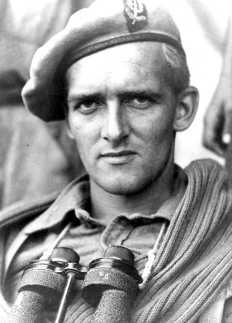
Operations
Lassen was involved in operations across multiple regions, including Northern Europe, Crete, North Africa, Greece, and Yugoslavia. He was part of the ill-fated Rommel Raid to capture or kill the German Field Marshal. Lassen also participated in secret, small-scale raids against railways, port facilities, and airfields across Europe, North Africa, Crete, the Aegean islands, mainland Greece, Yugoslavia, and Italy. Lassen was involved in a series of extraordinary strikes against the Axis powers in West Africa, Normandy, the Channel Islands, the Aegean and Greece, the Balkans, and finally, in Italy.
Operation Albumen was one of the operations Lassen participated in. Operation Albumen was a series of British Commando raids on German airfields in the Axis-occupied Greek island of Crete. The operation aimed to prevent these airfields from being used in support of the Afrika Korps in the Western Desert Campaign during the war.
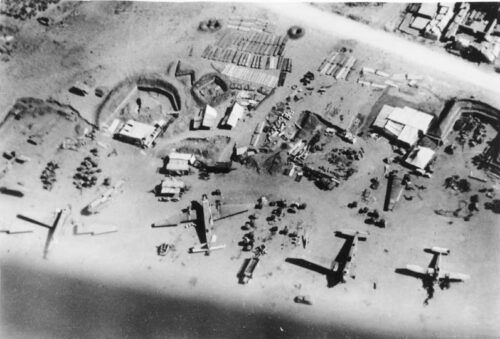
On the night of 4/5 July 1943, two commando groups, one led by Danish Major Anders Lassen and the other by Greek Kimonas Zografakis, simultaneously attacked the airfield of Kastelli from two different directions. This operation was designed to lead the Germans into believing that an Allied landing on Crete was imminent, rather than their true target, Sicily.
The Kastelli airfield was a strategic location for the Axis powers, and its destruction was a significant blow. The commandos, with the help of local resistance fighters, managed to destroy several aircraft and damage many others². This operation was a testament to the bravery and strategic planning of the Allied forces, particularly the commando groups led by Lassen and Zografakis.
Lassen took also part in the Raid on Santorini, a daring operation conducted by the SBS against the mixed German and Italian garrison on the island of Santorini in the Aegean Sea. On 24 April 1944, a group of 19 commandos under the leadership of Major Lassen landed on an easterly beach near Cape Columbo on the island of Santorini in the Aegean Sea. Their target was the mixed German and Italian garrison stationed on the island.
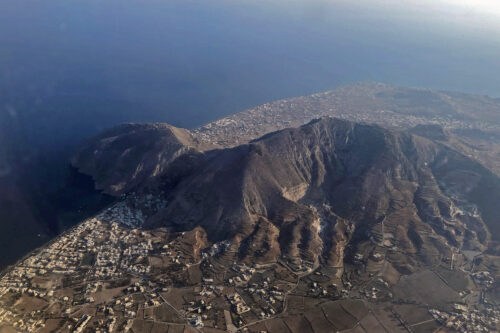
This raid was part of a larger strategy that included similar operations on the islands of Ios, Mykonos, and Amorgos. The aim was to destroy Axis naval observation posts and radio stations on the Cycladic islands. These operations were designed to disrupt Axis communications and surveillance in the Aegean Sea, a critical area for control of the Mediterranean.
Despite the risks involved, the raid was successfully executed. The commandos managed to surprise the garrison and inflicted significant damage. This operation showcases the daring and effectiveness of small-scale commando raids, and Lassen’s leadership was a key factor in its success.
The Final Mission
On 8th April 1945, during Operation Roast at Lake Comacchio in Italy, Major Anders Lassen was ordered to lead a raid that would give the impression that a major landing was being undertaken. However, his luck ran out on the night of 8th/9th April, which was the fifth anniversary of the Nazi invasion of Denmark. Despite facing overwhelming enemy numbers, Lassen single-handedly took out three enemy positions before being mortally wounded. As his men’s lives would be endangered in the withdrawal, he refused to be evacuated from the area. He was killed after approaching a German machine gun nest that was apparently surrendering. Nevertheless, his raiding force had achieved their objective, simulating a much larger attack and diverting German attention from the main attack. His actions during this operation led to him being posthumously awarded the United Kingdom’s highest gallantry award, the Victoria Cross. Major Lassen was the only non-Commonwealth recipient of the Victoria Cross during Wotld War II.
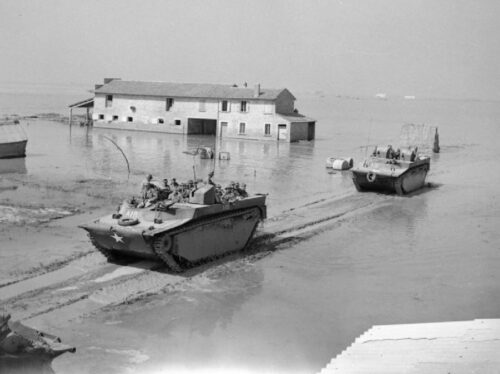
Legacy
The story of Anders Lassen is a powerful tribute to valor and self-sacrifice. His heroic deeds during the Second World War serve as a lasting inspiration, embodying the spirit of fortitude and resilience that characterized those who battled for liberty.
*The views and opinions expressed on this website are solely those of the original authors and contributors. These views and opinions do not necessarily represent those of Spotter Up Magazine, the administrative staff, and/or any/all contributors to this site.
